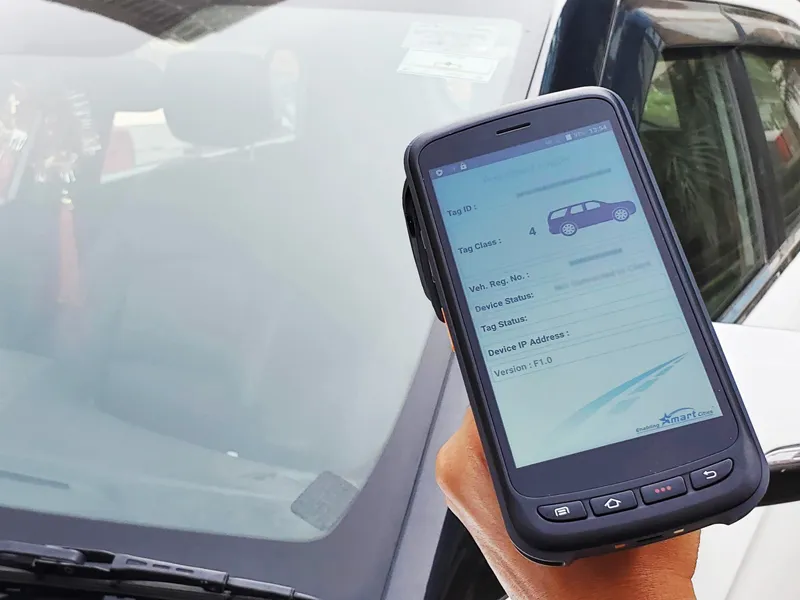
Radar sensor developer
The sensor’s 4D technology enables it to maintain target tracks, even when there is zero doppler, for mobile applications in which the doppler signature of targets relative to the platform will be positive, negative or zero. The internal IMU and GPS supplement internal tracking state vectors to remove any transient sources of platform ego-motion, to stabilise target-tracking data. Oculii's 4D radar provides (X, Y, Z) coordinates, range, range-rate, azimuth and elevation angles in real time at an update rate of 20Hz.










